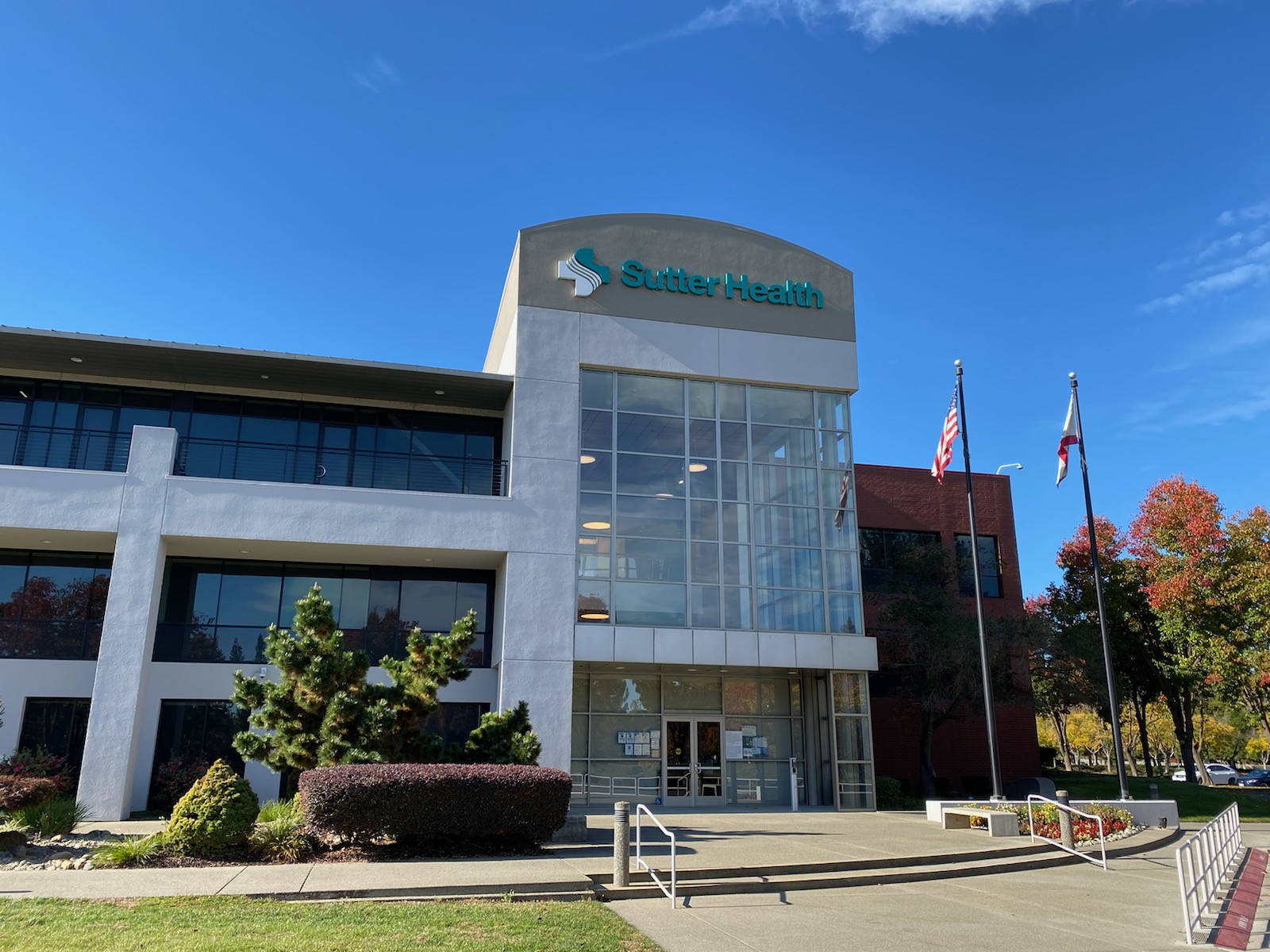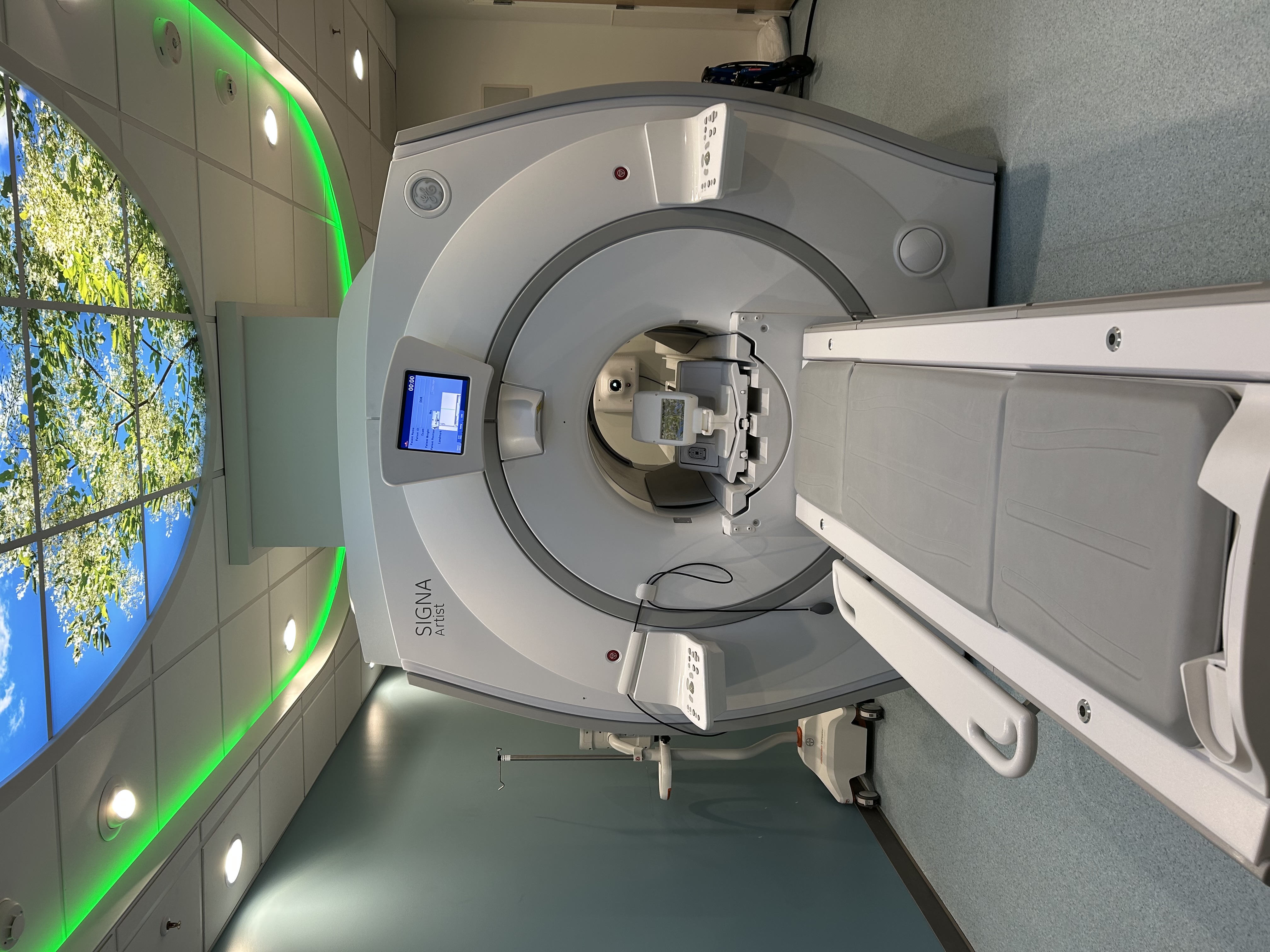When Sutter Health, one of the United States’ leading not-for-profit health systems, faced the challenge of how to increase patient access to high-caliber, fully integrated care, it used the opportunity to think differently about its approach, including moving from a transactional relationship to a transformational collaboration.
With 14,000 clinicians and continued expansion in primary and specialty care throughout California, the company serves 3.6 million unique patients in more than 300 inpatient and outpatient facilities. Bringing the latest in imaging and healthcare technologies to all the locations in its footprint and integrating those technologies across facilities and clinical teams would speed access to care while reducing clinical variation and improving imaging utilization. It also supports the training, education, and development of their clinicians. This strategy goes hand in hand with the cultural and mission-driven transformation underway: “Caring for our Patients first and our People always.”
Reconfiguring technology for all those sites and teams in order to achieve this expansion wouldn’t be easy, though.
Enter GE HealthCare and its programmatic long-term enterprise partnership approach to helping health systems deliver care tailored to specific needs. This effort with Sutter Health yielded a multi-year strategic agreement that will help increase capacity, allowing it to expand patient access and deliver a consistent patient experience. It will leverage dedicated experts and advisory services and place advanced GE HealthCare technology and AI offerings throughout their system. The alliance will ultimately deliver on the goal of helping clinicians meet changing patient needs more efficiently and quickly than ever before.
“We keep coming back to purpose all the time and the impact we have. This is also true in our relationship with GE HealthCare. It’s about taking better care of patients, providing better equipment and technology and doing this so we can boost our capacity and have better access for patients. You have to ground everything in the purpose and what we’re trying to accomplish,” says Warner Thomas, president and CEO of Sutter Health.
These enterprise partnerships feature creative and collaborative problem-solving for health-systems- that builds on GE HealthCare’s innovative suite of medical technology and care solutions. The long-term relationships are customized for the unique needs and vision of the healthcare system, co-designed with impact in mind.
“We see more and more customers seeking to evolve beyond a transactional relationship. We offer a partnership where we’re working alongside them, arm in arm, to help solve some of their biggest challenges,” says Peter Arduini, president and CEO of GE HealthCare. “We make lots of critical equipment that’s used for diagnosis, services and training. The additional value we are able to deliver through these partnerships is solving for ‘How do you integrate people, processes and technology to efficiently deliver precision care and unlock the greatest impact for our customers?’”
GE HealthCare’s collaboration with Sutter Health, one of the company’s largest strategic alliances to date, reflects GE HealthCare’s strategy evolution from a critical care equipment provider to a healthcare solutions provider, working as a holistic partner delivering transformative strategy and service solutions.
AI and consistent, connected healthcare
The goal of these enterprise partnerships is to work together with clinicians and health systems to understand and address obstacles they may have to delivering care in a changing healthcare environment.
One of the alliance’s focus areas is helping Sutter Health increase capacity, thereby improving patient access and delivering a consistent patient experience. This is achieved through the integration of people (dedicated expert resources and advisory services), process (workflow optimization throughout the entire patient journey) and technology (the adoption of AIR™ Recon DL, a deep-learning-enabled algorithm that removes noise from raw images, completes scans up to 50% faster and produces significantly sharper images, smoothing workflow and enhancing the patient experience).
One obstacle care providers encounter is aging equipment, and the need to access the latest innovations and keep current over time; this enterprise partnership effectively addresses that challenge. A key aspect of agreements such as Sutter Health’s is that it integrates and standardizes technology across their facilities, including — in Sutter Health’s case — its more than 200 outpatient care sites. Now they can more seamlessly unite on their approach and reduce the risk of operating in silos.
“The whole idea is really to be closer to patients, to be more outpatient-oriented, to be more connected at home,” Thomas says. The nearly two-thirds of Sutter Health’s patients who digitally engage with the health system are already six times more likely to seek care through digital channels, he notes. “This collaboration helps patients experience more seamless and coordinated care, no matter where they enter the Sutter Health system.”
The healthcare industry’s move toward more connected, integrated care enabled by digital tools and AI is also a factor driving enterprise partnerships like Sutter Health’s. Technology is giving patients more control over their care and making them more active participants with their care providers. Recognizing that, Sutter Health aims to transition more care to outpatient settings, blending new and existing technologies to best meet a patient’s unique needs.
GE HealthCare is focused on enabling these shifts in how care is delivered. The company’s D3 strategy — using smart devices across disease states enabled by digital tools— is aimed at enabling precision care, tailored to the patient, as well as addressing systemic problems like provider burnout and patient backlogs. With more than a century of innovation heritage, GE HealthCare invests approximately $1 billion annually into research and development and intends to embed AI into every device it launches in the next eight years.
Expanding access to enable precision care
GE HealthCare’s enterprise partnerships are customized to address what matters most to each healthcare system. The technology standardization that Sutter Health’s alliance brings, for example, enables patients to receive higher-quality imaging closer to where they live, in an outpatient center, rather than traveling to a hospital setting. The approach gives clinicians throughout the Sutter Health system access to more consistent solutions so they can address patient needs more efficiently and closer to the patient.
“The point for us is faster, better diagnostics, which in the end is great for our patients,” Thomas says. “That is what our clinicians want — they want to have these better capabilities. This allows us to take care of more patients and do so in a more effective and faster way. All of those things really align.”
GE HealthCare will also oversee maintenance of Sutter Health’s new equipment, ensuring that downtime for maintenance is minimized. In addition, GE HealthCare will assist Sutter Health’s workforce development programs, which include ongoing training and education for technologists, nurses and physicians. The two organizations will work together to design workforce and talent development programs aimed at attraction and retention to help address the critical shortage of clinicians.
Strategic enterprise partnerships: A global trend
On the heels of the Sutter Health announcement, Nuffield Health, the United Kingdom’s largest healthcare charity, agreed to a 20-year, £200 million ($250 million) collaboration under which GE HealthCare will manage technology acquisition, installation, maintenance and training — delivering more than 800 pieces of equipment over the life of the agreement. Gaining increased access to GE HealthCare’s cutting-edge diagnostic capabilities will help address the long wait times facing Britain’s National Health Service, according to Nuffield Health CEO Alex Perry.
These collaborations help drive healthcare innovation and address challenges like access to quality care and workforce shortages.
Sutter Health’s Thomas says his organization chose to partner with GE HealthCare because of the 20-year relationship between the two organizations and GE HealthCare’s history of success with strategic partnerships. “They can point us to the best practices that they see in other places and bring those to Sutter Health,” he says. “That’s a win for us. It’s a win for our patients and a win for our communities.”



